Optimal Timing for Drywall Texturing
Drywall texturings are a popular method to add visual interest and conceal imperfections in interior walls. Timing the application appropriately ensures optimal results, durability, and ease of installation. Proper scheduling takes into account environmental conditions, project timelines, and room readiness.
Drywall texturings should be applied when humidity and temperature levels are stable to prevent issues like cracking or improper adhesion.
Ensure drywall surfaces are fully dried and primed before applying textures to achieve a smooth, consistent finish.
Timing texturing after painting and before final finishes streamlines the workflow and reduces rework.
Spring and fall often provide favorable conditions for drywall texturing due to moderate humidity and temperature levels.
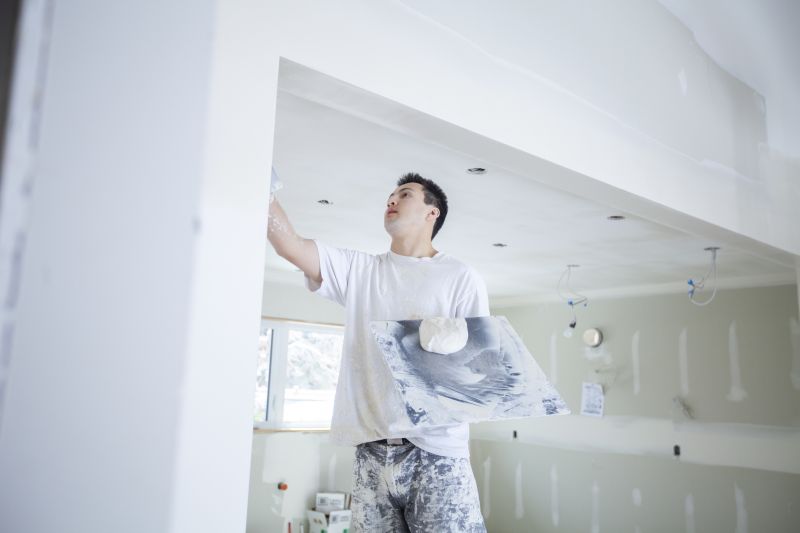
A professional applying a textured finish to drywall surface.

A completed drywall texture showcasing various patterns.
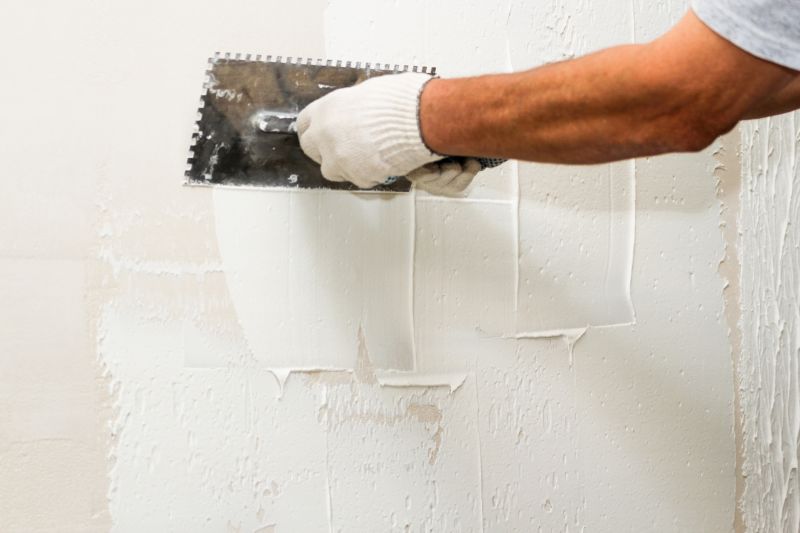
Drywall surface being prepared before applying texture.

Application tools used for creating different drywall textures.
| Timing Factor | Recommendation |
|---|---|
| Environmental Conditions | Apply when humidity is below 60% and temperatures are between 50-80°F. |
| Drywall Readiness | Ensure drywall is fully dried and primed before texturing. |
| Project Sequence | Complete framing, drywall installation, and priming prior to texturing. |
| Seasonal Timing | Opt for spring or fall to avoid extreme weather conditions. |
| Avoid During | High humidity, rain, or extreme cold periods. |
| Post-Texturing | Allow sufficient drying time before painting or finishing. |
Drywall texturings enhance interior aesthetics by providing depth and character to walls and ceilings. Different textures, such as knockdown, popcorn, or orange peel, require specific application conditions to ensure longevity and appearance. Proper timing, environmental control, and surface preparation are critical for achieving professional results, minimizing defects, and reducing the need for rework. Statistics indicate that optimal environmental conditions can reduce drying times by up to 30% and improve adhesion quality.

Close-up of a textured drywall surface showing pattern details.
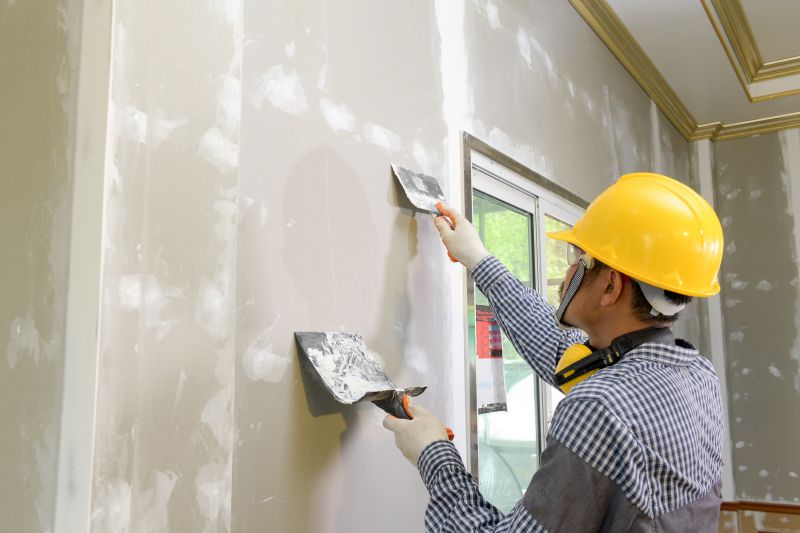
A worker applying a specific drywall texture pattern.
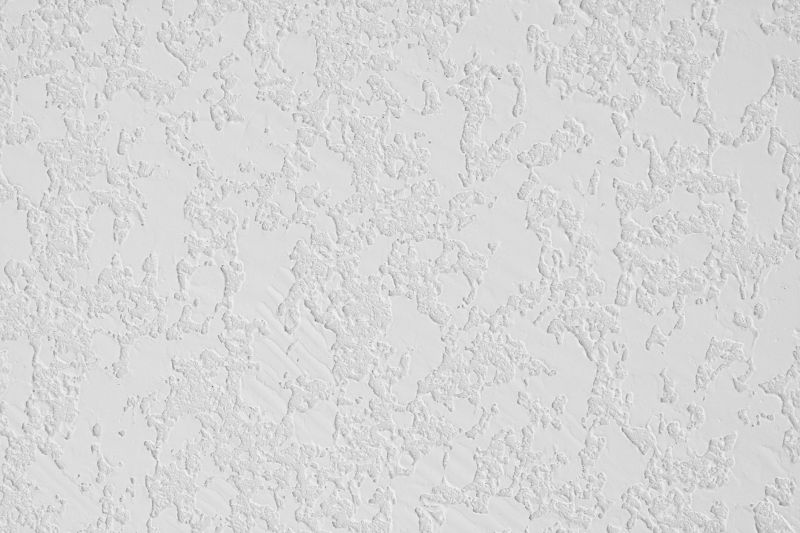
A ceiling with a uniform textured finish.
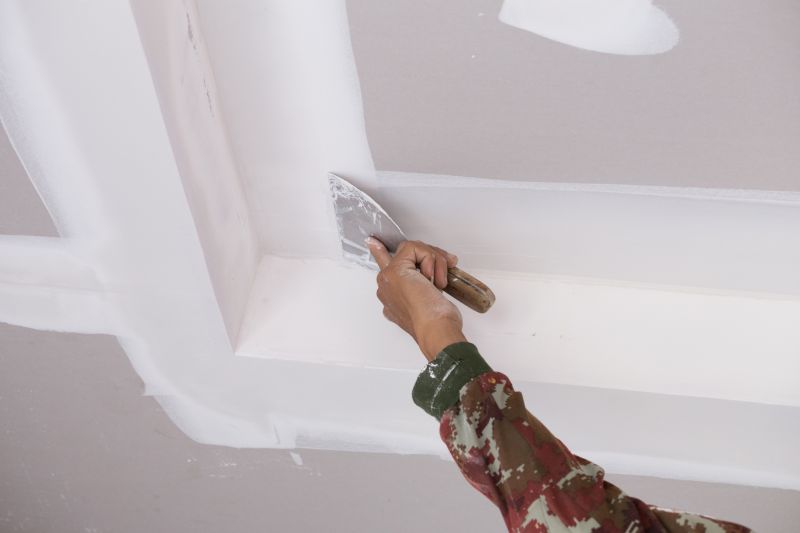
Various tools and materials used in drywall texturing.
Interested in drywall texturings for an upcoming project? Filling out the contact form can provide more information and help schedule the application at the optimal time for best results.



